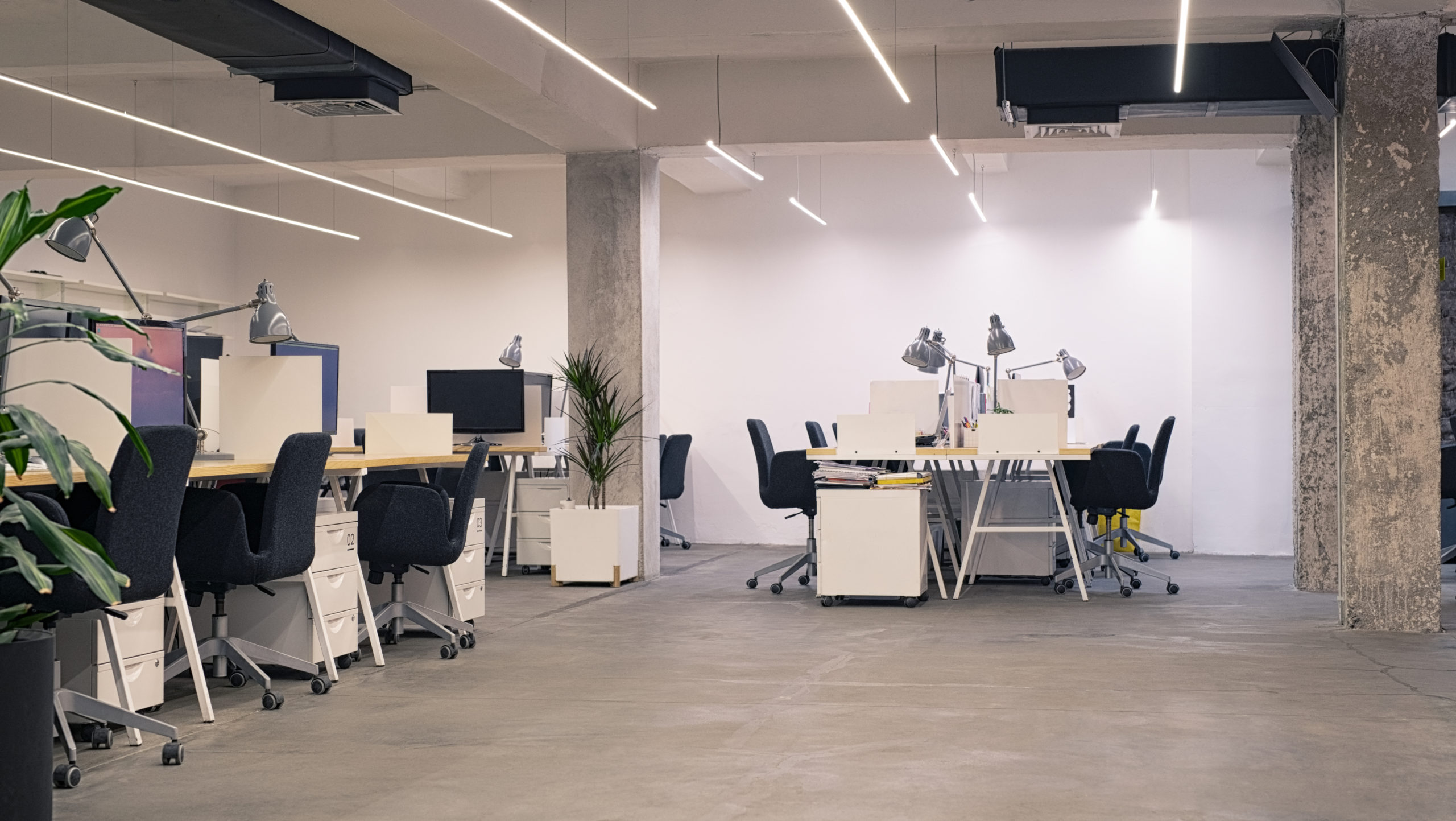
Between the distribution of vaccines, the slowly declining infection rate of COVID-19, and a general sense of positivity within the community, we’re grateful to say it appears as though we may be reaching the once-distant light at the end of the pandemic tunnel.
And what that might mean for you? A return to your place of work.
But particularly if you’re the owner or manager of the building, there are a few steps you’ll want to take prior to reopening the property to reoccupation by your colleagues.
Here’s what we suggest you keep in mind:
#1 — Manage And Mitigate Mold Growth
Between our state’s signature humidity, the stagnation of airflow, and the lack of HVAC use, we’d be hard-pressed to feel surprised should mold have sprouted within a vacant building over the last year.
Consequently, in reopening your property, it’s of the utmost importance that you scour your property for potential mold hazards. Specifically, be sure to inspect drywall, wallpaper, and other cellulose-based materials that act as an ample food source for mold spores, among other things.
Should you find any, be sure to schedule a mold remediation appointment as soon as possible prior to reoccupation. Then, be sure to continue to monitor your property’s moisture and humidity levels.
“Maintain indoor humidity as low as possible, not exceeding 50%, as measured with a humidity meter,” the Centers for Disease Control (CDC) recommends. “Building managers may consider continuous monitoring of indoor humidity using a digital hygrometer, ideally more than once daily, to minimize the need to access the building.”
#2 — Watch Your Water Systems
Even if your building is blessedly devoid of mold or mildew, the possibility of running into water-related complications that later generate mold growth is still likely if your building has gone without use for consecutive months.
After all, plumbing may ultimately fail without regular use and maintenance, thereby providing numerous opportunities for contaminants to spread.
Thus, the Environmental Protection Agency (EPA) recommends that facility managers and owners of buildings that have had minimal use during the pandemic perform the following:
- Review and inspect the property’s current water usage and plumbing configuration.
- Assess the current plumbing and identify any improperly functioning elements.
- Touch base with your water utility provider if necessary.
- Resume the use of any water treatment methods previously used.
- Inspect and maintain the condition of the hot water system.
- Remember to regularly flush the building’s overall plumbing system.
#3 — Assess And Attend To Your Overall Air Quality
Water and mold aside, when a building has been left in disuse, it may become subject to all sorts of airborne pollutants, depending on both the surrounding environment as well as the property items left within the building.
What’s more, the HVAC systems that have been left unused during the year may almost immediately increase the volume of contaminants once turned back on. For this reason, it requires “assessment, cleaning, and maintenance” prior to being used, according to the National Air Duct Cleaners Association (NADCA).
But that all being said, there’s one thing you simply cannot ignore: the big picture.
As it can be difficult to identify and isolate specific indoor air pollutants that have amassed over the last year, it would be beneficial to the overall health of both the building and its occupants to schedule an indoor air quality assessment with Luce Air Quality!
Our team is licensed and certified to provide our customers with trusted solutions in addition to reports in real-time. As your indoor environmental experts, we are committed to helping you identify the best and most safe methods to reopening and reoccupying your property.
To learn more or schedule your assessment today, contact Luce Air Quality at (904) 803-1014 or email info@luceairquality.com!


